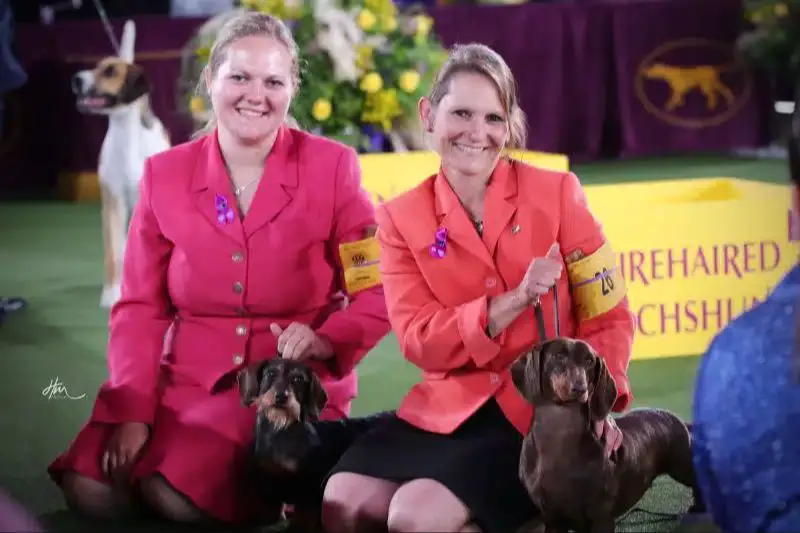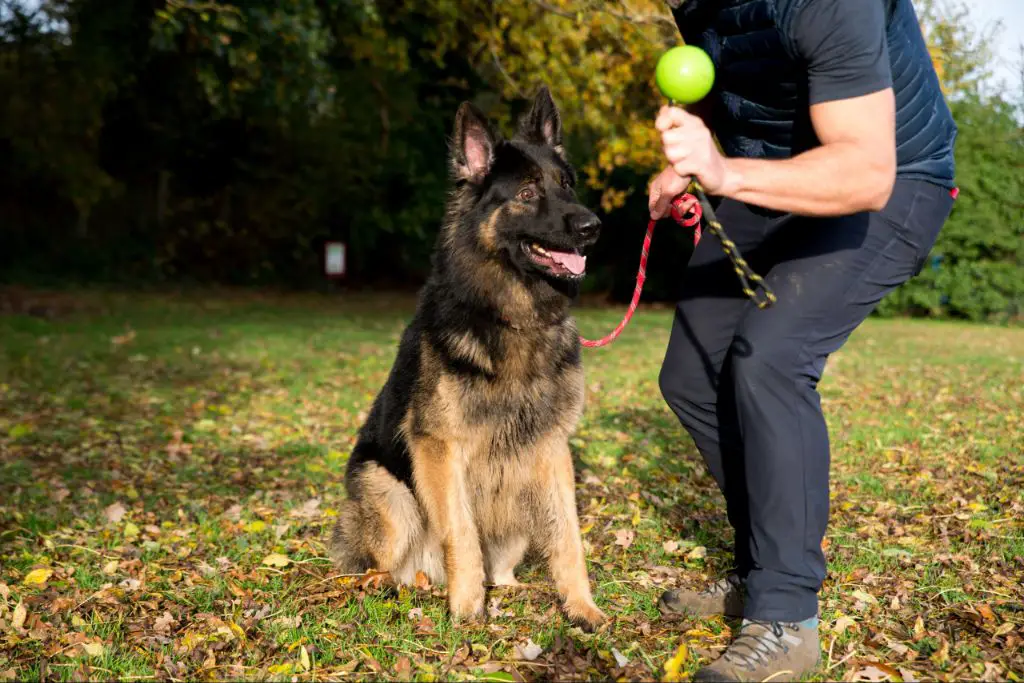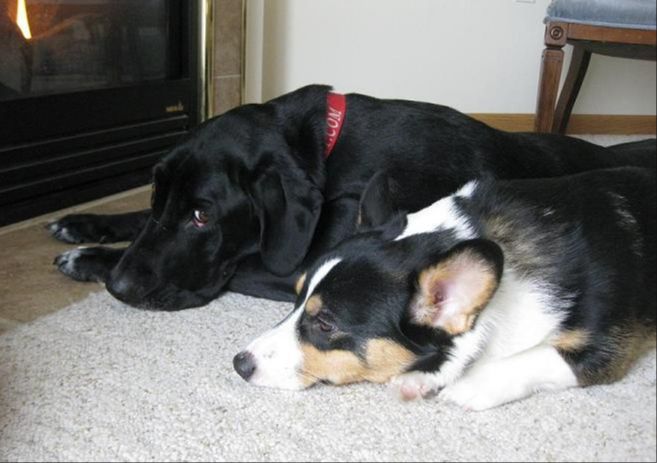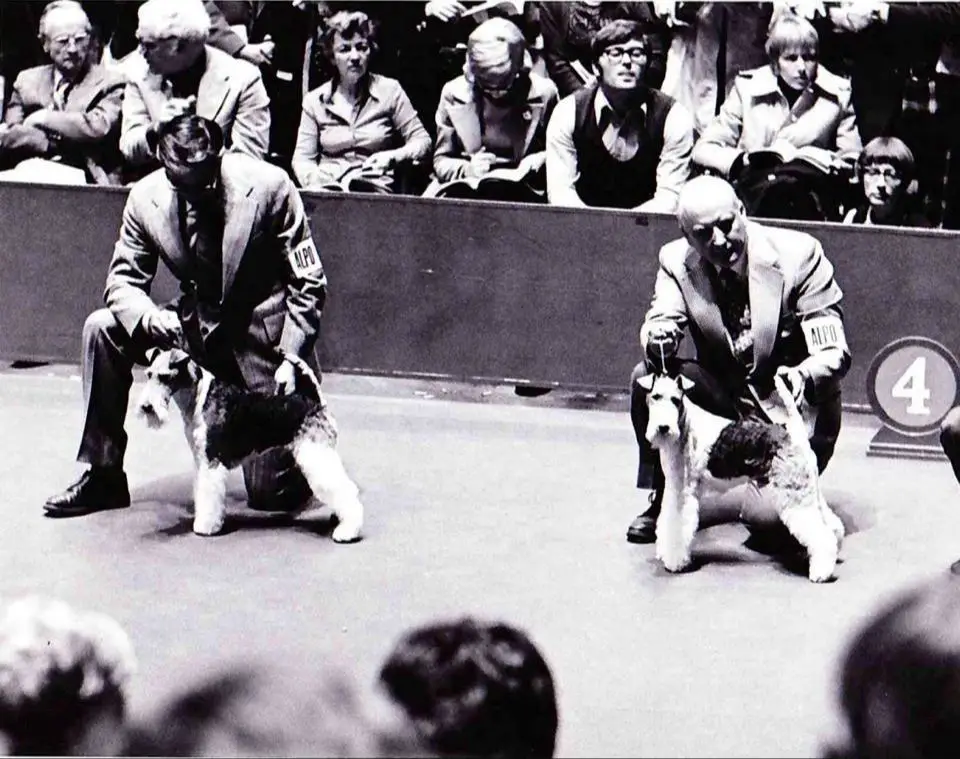Introduction
Dog shows have a long history spanning over 150 years. The first organized dog show took place in Newcastle in June 1859, organized by entrepreneur P.H. Watson. It aimed to define different breeds of dog and celebrate breeding practices. Dog shows quickly became popular across Victorian England as a competitive hobby for breeders to show off their dogs. The dog show concept soon spread internationally, with major shows held in Paris, New York, and beyond by the late 19th century. Today, dog shows continue to provide an arena for breeders and owners to showcase their dogs’ appearance, temperament, and abilities before judges. The most prestigious dog show globally is the annual Westminster Kennel Club Dog Show first held in 1877. Dog shows offer breeders recognition and allow prospective owners to view examples of breeds they may want. Ultimately, modern dog shows celebrate the unique aesthetics and traits of all dog breeds.
Dog Handlers
Dog handlers are the humans who work closely with canines at dog shows and competitions. They are responsible for presenting dogs to judges and showcasing the dogs’ confirmation, obedience, and abilities during competitions (Source: https://www.firstcareers.co.uk/careers/what-does-a-dog-handler-do/).
The main role of dog handlers is to build a bond with their canine partner and train them thoroughly for dog shows. They are well-versed in dog breeds, characteristics, grooming techniques, and show requirements. During competitions, handlers will lead the dogs around the ring, respond to judges’ requests, and display the dog’s gaits and movement. Their expertise helps showcase the dogs’ attributes and increase their chances of winning (Source: https://www.careermatch.com/job-prep/career-insights/profiles/dog-handler/).
Additionally, handlers provide care and exercise for show dogs when they are not competing. They monitor the dogs’ diet, health, and grooming. Building a strong relationship and trust with their canine partner is essential for successful handling.
Professional Handlers
Professional handlers are individuals who make a career out of handling dogs at shows. They typically work with multiple dog owners and breeds, handling dogs at conformation shows across the country and building their reputation in the dog show world (https://www.professionaldoghandlers.com/).

Many professional handlers were once junior handlers who started when they were kids and turned it into a full-time job. They spend countless hours on the road, traveling from show to show. Top professional handlers can handle over 100 dogs in a year from numerous breeds (https://www.facebook.com/groups/1387895321432853/).
Professional handling requires dedication, hard work, and expertise. Handlers must develop strong relationships with their client owners and dogs. They must learn the breed standards and presentation techniques for each breed they handle. The role requires good business skills, marketing, scheduling, and logistics planning. Income for professional handlers comes from handling fees charged to clients per show (https://phadoghandlers.com/).
Well-known professional handlers include Pat Hastings, Enrique Salas, and Michelle Scott. Many of the top winning show dogs have achieved success through the expertise of professional handlers.
Owner-Handlers
Many dogs at shows are exhibited by their owners, who are referred to as owner-handlers. Owner-handlers range from novice exhibitors to very experienced amateurs who have been showing their dogs for many years. Some own just one show dog, while others may have several breeds that they exhibit
Owner-handlers have an intimate knowledge of their own dogs and have put in many hours of training. They have a deep bond with their dogs and know their quirks inside and out. However, owner-handlers often do not have the breadth of experience across many breeds that professional handlers gain. They also have to balance training and conditioning their dogs for shows with the demands of everyday life.
According to the American Kennel Club, owner-handlers make up about 75% of the exhibitors at most dog shows [1]. The AKC has created several programs specifically aimed at making things easier for owner-handlers and leveling the playing field against professional handlers, such as the National Owner-Handled Series rankings and the AKC Registered Handlers Program which allows amateur handlers to register and wear armbands like the professionals.
Some owner-handlers devote huge amounts of time and effort into conditioning and training their dogs for the show ring. They work hard to learn presentation techniques, grooming skills, ring procedure, and how to best exhibit their breed. For many, showing their dogs becomes a passionate hobby that brings great personal satisfaction and joy, win or lose.
Handler Styles
There are different techniques and styles that handlers use when showing dogs in the ring. According to the American Kennel Club, the most important thing is for the handler to move at a natural pace that allows the judge to evaluate the dog’s movement and structure (source). The handler must also stack or pose the dog properly so the judge can examine it. Some common handler techniques include:
– Gentle guidance – handlers use the lead strategically but avoid excessive pulling or force. They use body blocks and bait techniques to pose the dog.
– Precision handling – the handler has practiced the pattern and poses and guides the dog around the ring in a very controlled, precise manner.
– Freestyle handling – the handler uses more natural movement and lets the dog exhibit some natural behaviors like sniffing, while still maintaining control.
– Flashy handling – uses exaggerated arm and hand movements, running in the ring, and other dramatic handling techniques.
– Conservative handling – the handler focuses on basic techniques and control without a lot of flair. They let the dog’s structure, movement and presentation speak for itself.

Each judge has their own preferences, so handlers may adapt their style. But smooth, natural handling allows the dog to move and show at its best.
Handler-Dog Relationship
The bond between handler and dog is incredibly important in dog shows. Studies have shown that the quality of the handler-dog relationship directly impacts performance in competitions and tasks (Lefebvre et al., 2007). Handlers and dogs form close attachments through extensive time together in training and daily life. This allows them to build understanding, trust, and effective communication.
Research by Kuzara (2019) found handlers display affection, patience, and positive reinforcement in interacting with dogs, enabling a strong relationship. Dogs are sensitive to handlers’ emotions and energy, so calm and consistent handling helps dogs feel secure working together. A poor handler-dog relationship manifests in dogs hesitating on commands, distraction, and lack of focus. The ideal is a close partnership between handler and dog.
Strong handler-dog bonds also reduce dogs’ stress levels, optimizing their well-being and performance (Rovero et al., 2017). Handlers’ care for dogs’ physical and psychological health contributes greatly to this relationship. Overall, the depth of connection between handler and dog has a measurable impact on success in dog shows.
Handler Responsibilities
Dog handlers have a number of important responsibilities both before and during a dog show. According to the Job Description on BetterTeam, key duties include “observing and assessing behavioral patterns in dogs, exercising dogs as needed”. Handlers are responsible for the care and conditioning of the dogs leading up to a show.
In the days and weeks before a show, the handler will work on training the dogs and improving any behavioral issues. They will also oversee the grooming, bathing, and clipping of the dog’s coat. The handler is responsible for transporting the dog safely to the show location.
During the actual dog show, the key duty of the handler is presenting and handling the dog in the show ring according to breed standards. The Velents Job Description notes handlers must “Walk dog smoothly, keep dog alert and engaged.” The handler must work to highlight the dog’s conformance, movement, and attitude. This requires special handling techniques.
Handling Challenges
Handlers face a variety of challenges when working with dogs at dog shows. One common issue is dealing with a dog’s anxiety or fear in the stressful show environment. Dogs can become overwhelmed by the crowds, noises, and unfamiliar setting (Common Challenges for Service Dog Handlers, https://totalk9focus.com/service-dogs/common-challenges-for-service-dog-handlers/). Handlers must know how to keep their dogs calm and focused. This involves techniques like positive reinforcement, distraction training, and desensitization.
Another challenge is managing a dog that gets overexcited in the ring. Some dogs may bark, jump, or run wildly when entering the ring, making it difficult for the handler to present the dog properly to the judge. Handlers must train dogs to control their excitement and focus on commands in the ring (HANDLING PROBLEMS, https://richmondspca.org/wp-content/uploads/2019/02/Handling-Problems.pdf). Establishing a strong bond and understanding with the dog is critical.

Additionally, handlers must deal with physical challenges like keeping active control of large, powerful breeds. Handling an unruly or aggressive dog takes strength and skill. timid or fearful dogs also require delicate, patient handling. The handler bears great responsibility for bringing out the best behavior in their dog during judging.
Famous Handlers
There are many talented and well-known dog handlers who have made a name for themselves in the dog show world. Some examples include:
- Peter Green (Millstreet Greyhound People) – A famous Irish greyhound handler who handled many top dogs in the 1960s-1980s.
- Sharon Fitzpatrick (WUSV World Championships) – A renowned American handler specializing in German Shepherds who has won many top honors.
- Chuck Trotter – A successful American handler who has shown top winning dogs in many breeds.
- Kim Pastella Cal vaccine – A leading American female handler who frequently handles top winning Poodles.
- Peter Green – An acclaimed British handler of many Terrier breeds.
These handlers and many more have become famous for their excellence in training, presenting, and handling dogs in conformation shows around the world.
Conclusion

In conclusion, dog handlers play a critical role in preparing dogs for success at dog shows. They are responsible for training, grooming, conditioning, and presenting dogs in the show ring. The best handlers develop close bonds with their dogs through positive reinforcement training and extensive time together at shows and home. Key skills for handlers include interpersonal skills in networking and marketing their services, dog training and conditioning knowledge, showmanship and presentation abilities, and organizational skills in coordinating a busy show schedule. Their expertise allows dogs to feel comfortable and shine in the show environment. While handling involves many challenges, dedicated professional and owner-handlers enable dogs to succeed in conformation competitions.
